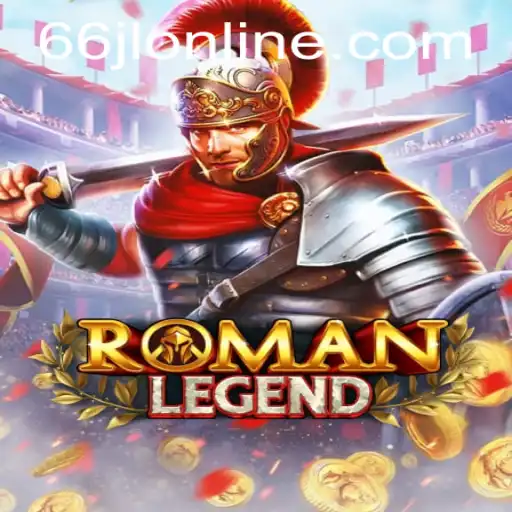Introduction to Hacivat and Karagöz
Hacivat and Karagöz is a beloved traditional form of shadow puppet theatre originating from the Ottoman Empire. It is deeply rooted in cultural storytelling and has been cherished for centuries as a means of entertainment and reflection on social issues. This timeless game involves two main characters, Hacivat and Karagöz, who engage in humorous dialogue and skits that both entertain and educate audience members.
Hacivat is depicted as a more educated and sophisticated character, often speaking in a poetic manner. In contrast, Karagöz is portrayed as a less refined, more impulsive figure whose simplistic view often leads to comedic misunderstandings. Together, they create a dynamic that highlights a range of societal themes, from class differences to the quirks of human nature.
The Historical Context and Evolution
Originally performed with shadow puppets made from dried camel or ox skin, the game of Hacivat and Karagöz dates back to the 16th century. The performances traditionally took place during Ramadan evenings, fairs, or special gatherings, capturing the imaginations of citizens across the Ottoman lands. The art of shadow puppetry has been recognized by UNESCO as a form of cultural heritage, preserving its significance in history.
As the game evolved, the storytelling aspect remained central, with variations arising across different regions. Despite the changes, the core of Hacivat and Karagöz has always aimed to foster dialogue and cultural understanding through humor and satire. This classic tradition ultimately gave rise to a new genre of theatre, influencing various forms of modern storytelling and performance arts.
Rules and Structure of the Game
In its traditional format, Hacivat and Karagöz performances are orchestrated by a single artist known as the 'Hayali,' who controls the puppets and provides voices for all characters. This skilled performer undergoes years of training to master the art of shadow puppetry. Spectators gather in front of a lit screen where the puppets, manipulated by sticks, cast shadows to animate the story.
The performances typically consist of an introduction, a dialogue section between Hacivat and Karagöz, and a concluding resolution. The introduction often starts with Hacivat appearing on screen to set the stage, soon followed by Karagöz, after which a comedic exchange ensues. These exchanges commonly involve puns, jokes, and clever wordplay, with Karagöz's disruptive nature contrasting sharply with Hacivat's more polished conduct.
The scenarios depicted in Hacivat and Karagöz address various social topics, including politics, family dynamics, and everyday life challenges. The dialogues often satirize authority figures and poke fun at social conventions, providing commentary that transcends time and remains relevant today.
Modern Relevance and Online Adaptations
The traditional game of Hacivat and Karagöz continues to hold a place in today's cultural landscape, capturing new audiences with its timeless humor and universal themes. In recent years, there has been a resurgence of interest in traditional games and storytelling methods, as many seek entertainment alternatives that connect them to cultural roots amid a rapidly evolving digital world.
With the rise of online gaming, Hacivat and Karagöz have seen new life through digital adaptations. Platforms like "66jl online" offer interactive formats of these traditional games, allowing users worldwide to experience and engage with classic stories in innovative ways. Through digital transformation, younger generations are introduced to this form of entertainment, ensuring its preservation and popularity continue to thrive.
These online adaptations bridge the gap between past and present, blending age-old traditions with contemporary gaming practices. As developers enhance interactivity and accessibility, Hacivat and Karagöz reach a global audience, inviting players to dive into a world of humor, wisdom, and nostalgia.
A Cultural Symbol and Educational Tool
Beyond entertainment, Hacivat and Karagöz serve as valuable educational tools. They provide insights into cultural practices and historical events, acting as a medium for language learning and cultural exchange. The characters and their stories teach lessons of empathy, social justice, and the significance of diversity, encouraging audience reflection and understanding.
Educational institutions incorporate Hacivat and Karagöz into curricula, using performances to engage students with history, literature, and sociology. The timeless nature of these characters ensures that each generation can find relevance in their narratives, fostering cultural awareness and appreciation.
In conclusion, Hacivat and Karagöz remain an iconic symbol of cultural heritage, inspiring storytellers and audiences alike with their inimitable blend of humor, wit, and insight. This traditional game adapts to modern contexts, offering new channels for cultural exploration and entertainment. Whether experienced through live performances or online platforms, the legacy of Hacivat and Karagöz endures, reflecting the rich tapestry of human storytelling.







